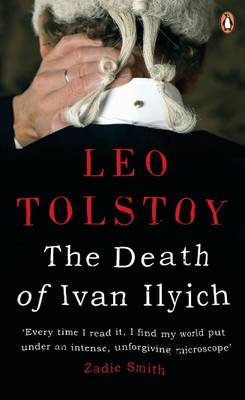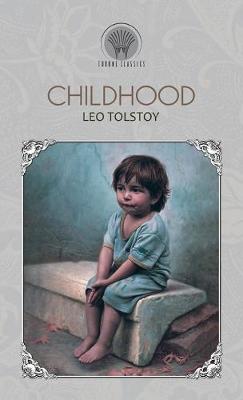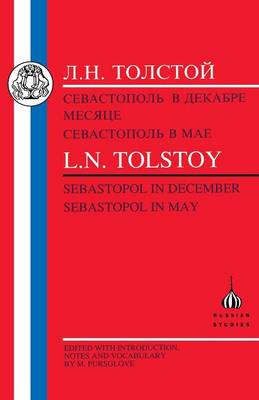Russian Texts
3 total works
Childhood (Detstvo) appeared in 1852 and was Lev Tolstoy's first published work. Together with Boyhood (Otrochestvo) and Youth (Iunost') it forms a trilogy which, though fictional, is deeply rooted in Tolstoy's autobiography. As the first-person narrator grows out of childish innocence, he develops a growing awareness of the degree of deception inherent in adult behaviour and the extent to which he himself is increasingly capable of deception. Remarkable in its own right for its clear-sighted portrayal of the child's world, the work also contains in embryo themes which dominate Tolstoy's nature work. These are detailed in the introduction to this edition, which also contains full notes and a vocabulary.
The three 'Sebastopol Stories' were based on Tolstoy's experience as a serving solider in the besieged Crimean city in 1854 and 1855. First published in book form in 1856, they consolidated the reputation the young Tolstoy had established with Childhood (1852).
In Sebastopol in December, cast in the form of a guided tour of the city, Tolstoy chronicles both the patient suffering and the undemonstrative heroism of the city's defenders and civilian population. Sebastopol in May focuses on the officer class, particularly the vacillating Mikhailov and the doomed Praskukhin, the description of whose death is one of the most celebrated passages in Russian literature. In these stories Tolstoy's anti-war stance, so important in War and Peace and his later non-fictional works, is already clearly delineated. (The third story, Sebastopol in August, is not included in this edition.)


